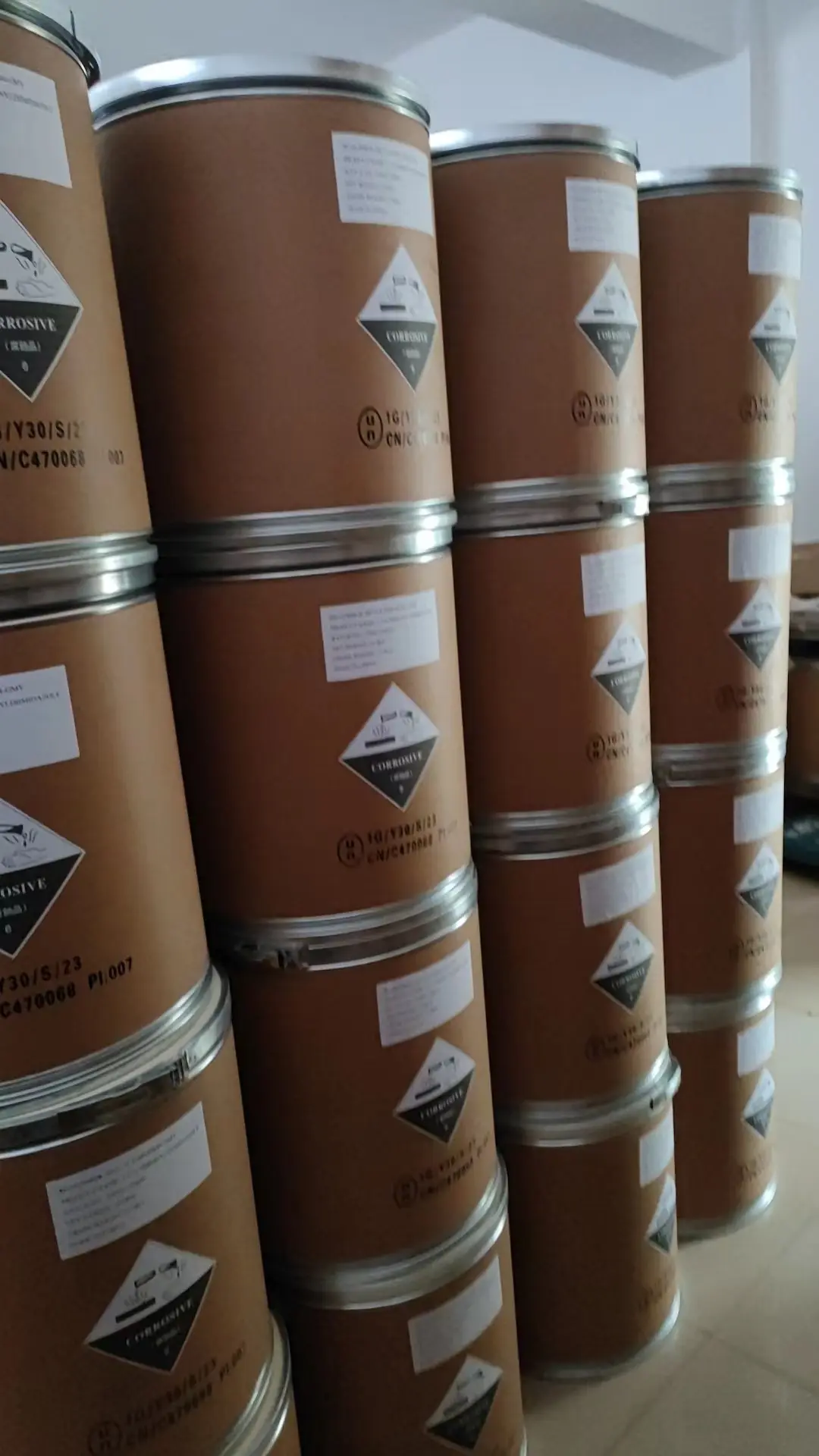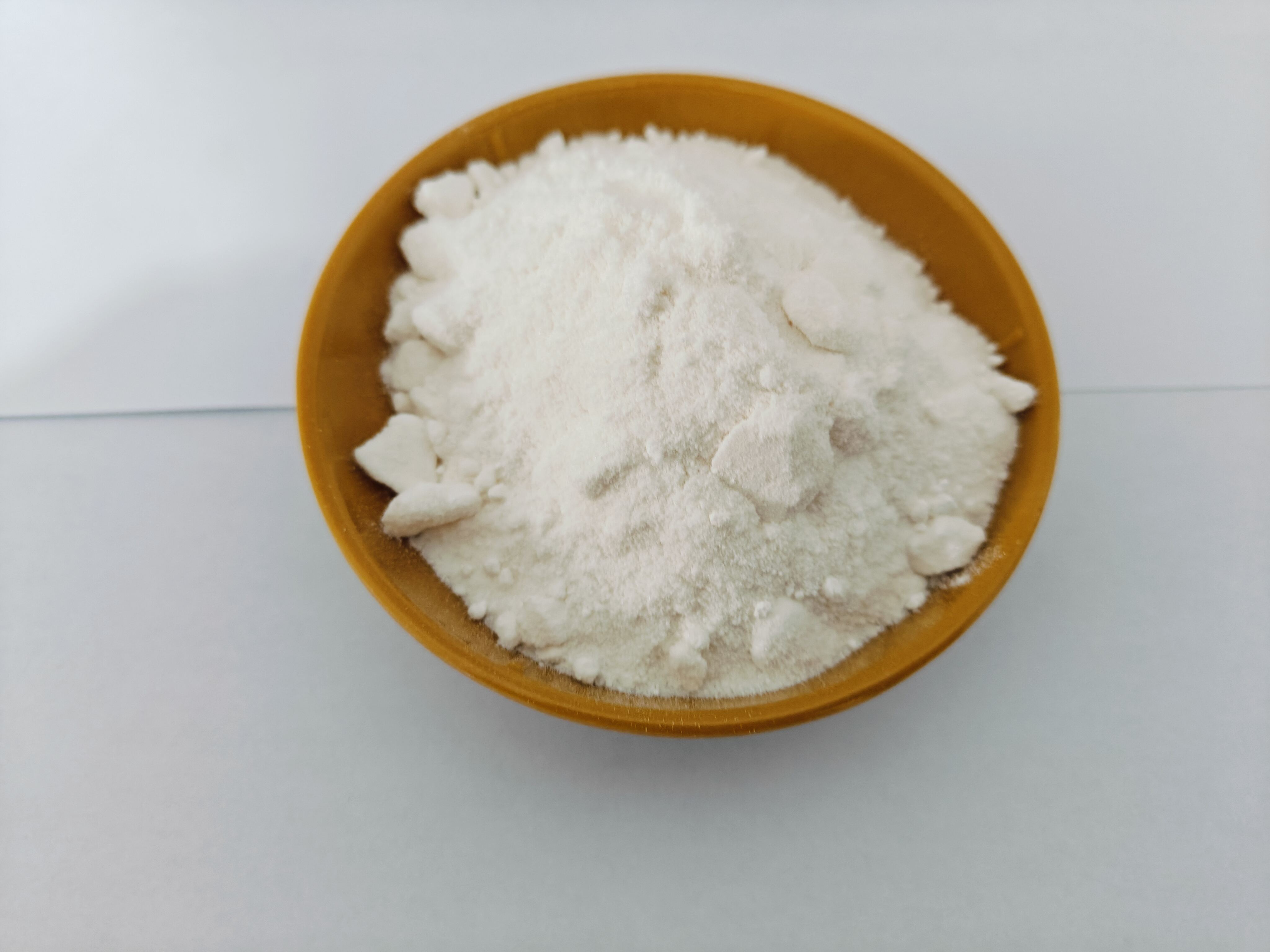Revolutionizing Material Science Through Advanced Catalyst Technology
The evolution of advanced material production has been fundamentally transformed by EMC curing catalysts, establishing new benchmarks in manufacturing efficiency and product quality. These sophisticated catalysts have become instrumental in developing high-performance materials that meet the demanding requirements of modern industries. From electronics to aerospace applications, EMC curing catalysts are driving innovation in material science while enabling manufacturers to achieve superior results with greater precision and control.
The strategic implementation of EMC curing catalysts has revolutionized how manufacturers approach material development and production processes. These catalysts not only accelerate curing reactions but also enhance the final properties of materials, making them indispensable in contemporary manufacturing scenarios. Understanding their applications and benefits is crucial for industries seeking to maintain a competitive edge in today's rapidly evolving market.
Core Applications in Electronic Materials
Semiconductor Encapsulation Solutions
In the semiconductor industry, EMC curing catalysts play a vital role in the encapsulation process of electronic components. These catalysts enable the precise control of curing reactions, ensuring optimal protection of sensitive electronic elements while maintaining the necessary thermal and mechanical properties. The catalyst-driven encapsulation process creates a robust barrier against environmental factors, extending the lifespan of electronic devices.
Modern semiconductor manufacturing relies heavily on EMC curing catalysts to achieve the perfect balance between processing speed and material integrity. The catalysts facilitate rapid cure cycles while ensuring complete crosslinking of the encapsulation material, resulting in superior protection against moisture, chemicals, and mechanical stress.
Printed Circuit Board Manufacturing
The production of high-performance printed circuit boards (PCBs) has been enhanced significantly through the application of EMC curing catalysts. These catalysts enable the development of specialized coating materials that provide excellent adhesion, thermal stability, and electrical insulation properties. The controlled curing process ensures uniform coverage and optimal performance characteristics essential for modern electronic devices.
Advanced PCB manufacturers utilize EMC curing catalysts to achieve precise control over the curing profile, resulting in boards with enhanced reliability and durability. The catalyst technology allows for faster production cycles while maintaining the stringent quality standards required in the electronics industry.

Aerospace and Automotive Applications
High-Performance Composite Materials
The aerospace and automotive sectors have embraced EMC curing catalysts in the production of advanced composite materials. These catalysts enable the development of lightweight yet robust components that meet rigorous performance specifications. The controlled curing process ensures optimal fiber-matrix adhesion and uniform material properties throughout the composite structure.
EMC curing catalysts have become essential in manufacturing critical components such as aircraft panels, automotive body parts, and structural elements. The catalyst technology allows for precise control over cure kinetics, resulting in composites with superior mechanical properties and excellent durability under extreme conditions.
Protective Coating Systems
In both aerospace and automotive applications, EMC curing catalysts are crucial in developing advanced coating systems that provide superior protection against corrosion, wear, and environmental factors. These catalysts enable the formulation of high-performance coatings that combine excellent adhesion with outstanding chemical and mechanical resistance.
The catalyst-driven curing process ensures optimal cross-linking density and uniform coating properties, resulting in extended service life and improved performance of treated components. Modern coating systems incorporating EMC curing catalysts offer enhanced protection while meeting strict environmental regulations.
Industrial Manufacturing Solutions
Advanced Adhesive Systems
Industrial adhesive applications have been transformed by the incorporation of EMC curing catalysts. These catalysts enable the development of high-strength adhesive systems that provide superior bonding performance across a wide range of substrates. The controlled curing process ensures optimal adhesion strength while maintaining the desired handling properties.
Manufacturers utilize EMC curing catalysts to achieve faster cure times and improved bond reliability in assembly operations. The catalyst technology allows for the formulation of adhesives that combine rapid cure characteristics with excellent thermal and chemical resistance properties.
Specialized Coating Applications
In industrial manufacturing, EMC curing catalysts play a crucial role in developing specialized coating solutions for various applications. These catalysts enable the formulation of coatings with specific performance characteristics, such as chemical resistance, wear resistance, and thermal stability. The controlled curing process ensures consistent coating quality and optimal performance in demanding industrial environments.
The versatility of EMC curing catalysts has led to their widespread adoption in industrial coating applications, from protective finishes to functional coatings. The catalyst technology enables manufacturers to achieve desired coating properties while maintaining efficient production processes.
Future Trends and Developments
Sustainable Catalyst Solutions
The future of EMC curing catalysts is increasingly focused on sustainability and environmental compatibility. Research and development efforts are directed toward creating catalyst systems that minimize environmental impact while maintaining high performance standards. This includes the development of bio-based catalysts and environmentally friendly curing processes.
Industry leaders are investing in green chemistry initiatives to develop sustainable EMC curing catalysts that meet both performance requirements and environmental regulations. These innovations are expected to drive the next generation of advanced material production technologies.
Smart Manufacturing Integration
The integration of EMC curing catalysts with smart manufacturing technologies represents a significant trend in advanced material production. Digital control systems and real-time monitoring capabilities are being developed to optimize catalyst performance and ensure consistent product quality. This integration enables manufacturers to achieve higher efficiency and better process control.
The combination of EMC curing catalysts with Industry 4.0 technologies is expected to revolutionize material production processes, offering unprecedented levels of control and automation. These advancements will continue to drive innovation in advanced material manufacturing.
Frequently Asked Questions
What are the key benefits of using EMC curing catalysts in material production?
EMC curing catalysts offer several advantages, including faster cure rates, improved process control, enhanced material properties, and greater manufacturing efficiency. They enable the production of high-performance materials with consistent quality while reducing energy consumption and production costs.
How do EMC curing catalysts contribute to product quality improvement?
These catalysts ensure uniform curing reactions, optimal cross-linking density, and superior material properties. They help achieve consistent product quality by providing precise control over the curing process, resulting in materials with enhanced performance characteristics and reliability.
What environmental considerations are associated with EMC curing catalysts?
Modern EMC curing catalysts are designed with environmental sustainability in mind. Manufacturers are developing eco-friendly catalyst systems that minimize environmental impact while maintaining high performance standards. This includes reduced emissions, lower energy consumption, and compatibility with green chemistry principles.

